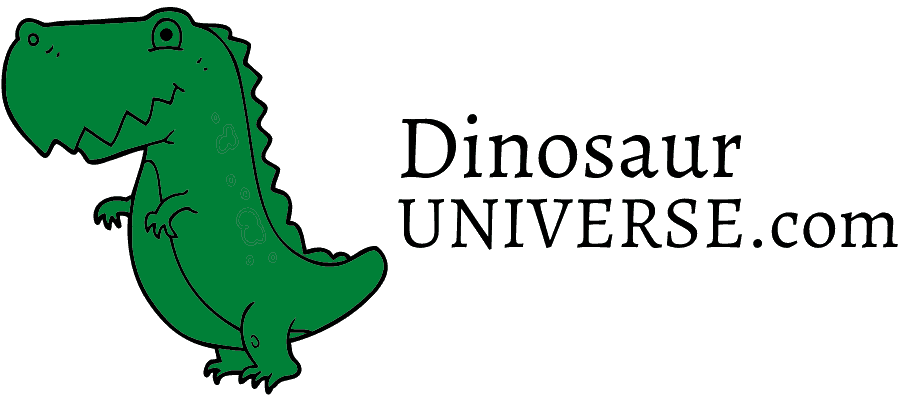Dinosaur Information
Where Did Dinosaurs Live?
Dinosaurs roamed the Earth for more than 180 million years, between the Triassic period, when all the continents were combined into a single continent called Pangea, and the Cretaceous period, which ended 66 million years ago.
If you are fascinated by the gigantic creatures of the Cretaceous period and want to decorate your home with them, discover our sublime collection of dinosaur rugs.
The planet changed a lot during the Mesozoic era, from 252 million to 66 million years ago. It would be difficult for us to imagine the layout of the continents and oceans. However, the same cannot be said for the habitats of dinosaurs and other animals. From lush, green equatorial jungles to arid, dusty deserts, here you will find a list of the 10 most common ecosystems that were inhabited by dinosaurs. 🦕

Just like us, dinosaurs loved to walk by the sea. However, footprints have been found in very unusual places. For example, a long migration route was found between New Mexico and Colorado. Paleontologists now assume that the herbivorous and carnivorous dinosaurs that walked along it were looking for food.
2. Giants of the islands

100 million years ago, small islands already existed, but continents were different from the ones we know today. On Hatzeg Island, for instance, remains of titanosaurus, ornithopods, and giant pterosaurs have been discovered. In spite of the fact that the island is no longer surrounded by water, its existence for millions of years has left evident traces, including the morphology of the island dinosaurs. 🏝
3. Dinosaurs of rivers and lakes

Fish was the main diet of some dinosaurs, such as Suchomimus and Baryonyx. Spinosaurus was even shown to have been a fully aquatic or at least semiaquatic dinosaur according to paleontology. It is mainly the evolutionary results that are surprising, and dinosaurs didn’t live in lakes and rivers, unlike some marine reptiles.
4. Reptiles of the Polar Regions

During the Mesozoic era, the cold at the North and South poles was not as intense as it is today. For much of the year, they are almost permanently in darkness because of their position relative to the sun. It led to interesting adaptations, such as the large eyes of Leaellynasaura and the underdeveloped brain of Minmi, an ankylosaur that couldn’t feed as much as its temperate cousins. 🧊
5. Dinosaurs of the lagoons

Fossils of dinosaurs have been discovered in lagoons more often than any other environment. Dead organisms are exceptionally well preserved in silt. Despite their vast size, these water bodies trapped by rocks were no more numerous in dinosaur times than they are now. There are specimens of pterosaurs, Compsognathus, and Archaeopteryx in the most famous prehistoric European lagoons, such as Solnhofen in Germany. These lagoons were also home to species of animals that survived the mass exctinction event like the alligator. You are probably wondering are alligators dinosaurs? Find out in this article!
6. Prehistoric reptiles of the desert

The desert poses a significant ecological challenge to every form of life that has settled there. In arid zones, dinosaurs have not been exempt from this rule. Scientists have found the most remains of these reptiles in the Gobi desert, including Velociraptor, Oviraptor, and Protoceratops. During the last days of the dinosaur age, a sandstorm of unprecedented violence immortalized a fight between a Velociraptor and a Protoceratops. During the Mesozoic era, the Sahara was covered with lush rainforest. 🌳
7. Riverine forest reptiles

The riverine forest, also known as the riparian forest, is characterized by lush vegetation along rivers and marshes. Due to its proximity to a river, this habitat is regularly flooded and provides abundant food. Mesozoic riparian forests can be found in the Morrison Formation in the United States. As evidenced by the many reptile remains and bones discovered, this rich fossil bed existed in the Fossil Jurassic. In this type of environment, theropods (carnivorous dinosaurs), ornithopods (bird mimics), and sauropods (herbivorous dinosaurs) lived. A dreaded Allosaurus and a giant Diplodocus were discovered there.
8. Swamp forest giants

There are many similarities between riparian forests and swamp forests. Plants that appeared late, such as flowers, lined swamp forests in the late Cretaceous. It is without a doubt that hadrosaurs (duck-billed dinosaurs) fed on these new plants, which were less desirable to other dinosaurs. This also benefited more agile theropods, such as T. Rex and Troodon, which preyed on hadrosaurs. 🦖
9. Swamp dinosaurs

A swamp is formed when sediments from nearby mountains and hills are deposited in the lowlands. As a result, these environments are conducive to the preservation of dinosaur fossils. In the Early Cretaceous wetlands that once covered Europe, specimens of polacanthus, hypsilophodon, and iguanodon have been found in large numbers. Horsetails were primitive plants that existed before grass and other grasses appeared, so swamp dinosaurs fed on them.
10. Plains reptiles

There was no grass on the vast plains of the Cretaceous period, unlike the image above. Plants such as ferns covered them in prehistoric times. There were numerous herds of ornithopods, hadrosaurs, and ceratopsians wandering through this environment. Some prehistoric predators, such as raptors and tyrannosaurs, took advantage of these open spaces as well. 🦅






